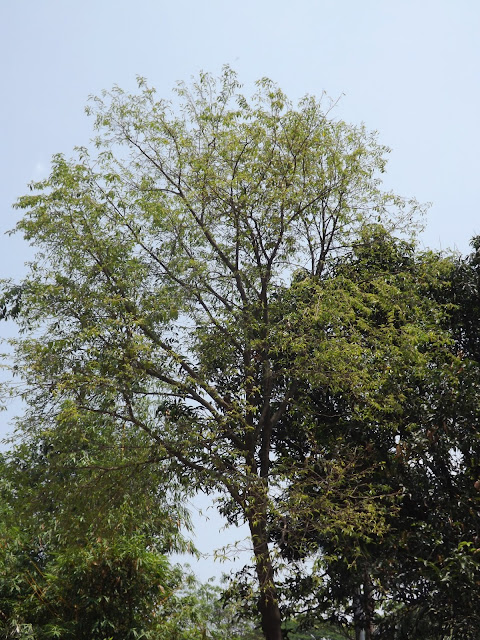Noyontara or Cape periwinkle, Catharanthus roseus

Noyontara or Cape periwinkle ( Catharanthus roseus , family: Apocynaceae) is an annual or perinnial semi-woody herb, attaining a height of 30-90 cm. Stem and shoots are reddish and juicy. Whole plant has a strong odor. It is one of the most appreciated flowering plants of the tropical world. The plant is so endearing that several cultivars have been created and the colors of their flowers are no less beautiful. The original home of the plant is Madagascar. Leaves are beautiful too. These are green, glabrous, elliptical-ovate, 5-7 cm long, tip pointed, alternate. Flowers are of two colors mainly: white and violet, 3-3.5 cm wide. Petals 5 with red spot at the centre (yellow eye in white flowers). Lower part of the flower is tubular, 2.5 cm long. Flowers bloom mainly in rainy season, though it may be seen round the year. Fruit is a folicle, 2-5 cm long. Seeds are dark black. The plant is propagated by seeds and air layering. It grows easily in partial shade. It is also suitab...



